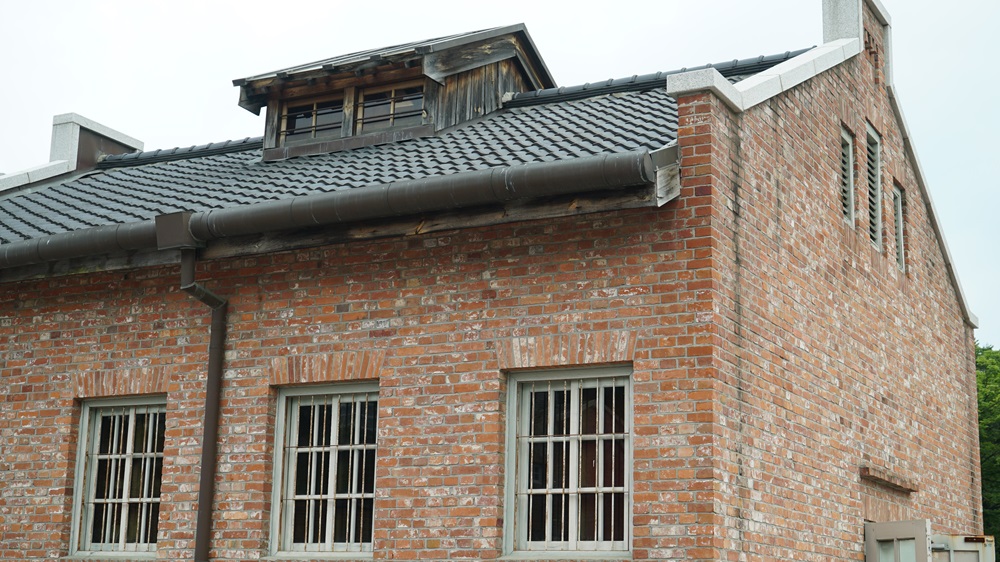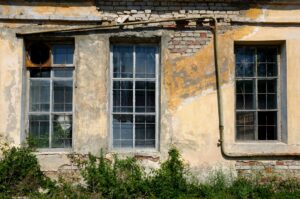Building Survey
A Comprehensive Guide to Providing a Building Survey
Whether you’re a property owner, buyer, or investor, a building survey is one of the most crucial steps in assessing the condition and value of a structure. It provides an in-depth examination of the property, helping you understand its current state, uncover potential issues, and avoid costly surprises. In this blog, we’ll explore the essentials of providing a building survey, breaking down the process, key components, and benefits.
What is a Building Survey?
A building survey is a detailed inspection of a property, typically conducted by a chartered surveyor or qualified building professional. It evaluates the physical structure and condition of a building, identifying any defects, maintenance issues, or necessary repairs. Unlike a simple property valuation or homebuyer report, a full building survey delves deep into the fabric of the building and is ideal for older, larger, or complex properties.
Who Needs a Building Survey?
- Homebuyers: When purchasing a new home, especially an older or non-standard construction, a building survey can reveal hidden problems that might affect your decision or the property’s value.
- Property owners: If you own a property and are considering renovation, a building survey can help you plan for necessary repairs and upgrades.
- Investors: Property investors looking to buy commercial or residential buildings need a building survey to ensure that their investment is structurally sound.
Types of Building Surveys
There are various types of building surveys, and the appropriate one will depend on the type and condition of the property, as well as your specific needs:
Condition Report: This is the most basic survey, offering a general overview of the property’s condition. It’s suitable for newer homes in good condition.
Homebuyer Report: This is more detailed than a condition report and includes information on defects that might affect the property’s value. It’s ideal for conventional properties that are relatively modern and in good shape.
Full Building Survey: Also known as a structural survey, this is the most comprehensive type. It’s tailored for older, historic, or non-standard properties, offering a thorough analysis of the structure, materials, and any issues that could affect the building.
The Process of Conducting a Building Survey
Initial Consultation: The surveyor meets with the client to discuss their needs, concerns, and the specific focus of the survey. This step ensures that the survey is tailored to the property type and any particular issues the client wants to address.
Property Inspection: The surveyor visits the property to conduct a hands-on examination. During this stage, the surveyor inspects the building’s:
- Structure: Walls, foundations, roof, and any visible structural defects such as cracks or dampness.
- Materials: Types of materials used in construction and their current condition.
- External Areas: Gardens, boundaries, and any outbuildings or external structures.
- Services: Although a surveyor may not test electrical systems, plumbing, and heating in detail, they will assess the visible components and recommend further investigation if necessary.
The surveyor will use various tools, such as moisture meters, thermal cameras, and, in some cases, drones for roof inspections.
Reporting: After the inspection, the surveyor prepares a detailed report. This includes:
- Summary of the property’s condition: An overview of the building’s state, outlining the key findings.
- Identified defects: A list of any issues found, such as subsidence, damp, or timber decay.
- Recommendations: Suggested repairs or maintenance work, including an estimation of the cost.
- Urgency ratings: Indicating whether issues need to be addressed immediately or can be planned for the future.
The report might also include advice on necessary legal steps, such as checking for building regulations or planning permissions.
Key Considerations for Providing a Building Survey
Tailoring the survey: Each property is unique, so it’s important to tailor the survey to the building’s specific requirements. Consider the age, size, and construction materials of the building, as well as any known issues.
Using advanced technology: Drones, thermal imaging, and 3D scanning tools can enhance the accuracy of surveys, especially in hard-to-reach or dangerous areas, like roofs or chimneys.
Communication with clients: Clear communication with the client is vital throughout the process. Be sure to explain technical terms in simple language and provide practical recommendations rather than just a list of defects.
Benefits of a Building Survey
Avoids Costly Surprises: Discovering major issues, like structural problems or damp, after buying a property can be expensive and stressful. A building survey helps to avoid such surprises by uncovering these problems beforehand.
Negotiation Tool: If you’re purchasing a property, the results of a survey can be a powerful negotiation tool. You may be able to negotiate a lower price or request that certain repairs be completed before the purchase.
Informed Decision Making: Whether you’re a buyer, owner, or investor, a building survey equips you with the information needed to make an informed decision. This can influence your buying choices, renovation plans, or long-term maintenance strategies.
Preserves Property Value: By addressing potential issues early, you can prevent them from worsening over time, maintaining or even enhancing the property’s value.
Common Issues Identified in Building Surveys
Dampness: Damp can lead to mold growth, which is not only damaging to the property but also harmful to health. Surveys will identify rising damp, penetrating damp, and condensation issues.
Structural movement: Subsidence, settlement, or heave can lead to structural damage. The survey will check for any signs of movement, such as cracks in walls.
Roofing problems: The roof is one of the most important elements of a building, and a survey will assess its condition, including the state of tiles, gutters, and chimneys.
Timber decay: Wood in older buildings can suffer from rot or insect infestation, which a survey will detect.
Building Survey
Providing a building survey is a complex but rewarding task that offers clients invaluable insight into their property. Whether you’re purchasing a home, managing an investment, or planning renovations, the findings from a building survey can guide your next steps, help you avoid unexpected costs, and give you peace of mind. Always ensure that the survey is thorough and conducted by a qualified professional to get the best results.
Are you thinking about providing or requesting a building survey? Make sure to seek advice from an experienced chartered surveyor for expert guidance!




